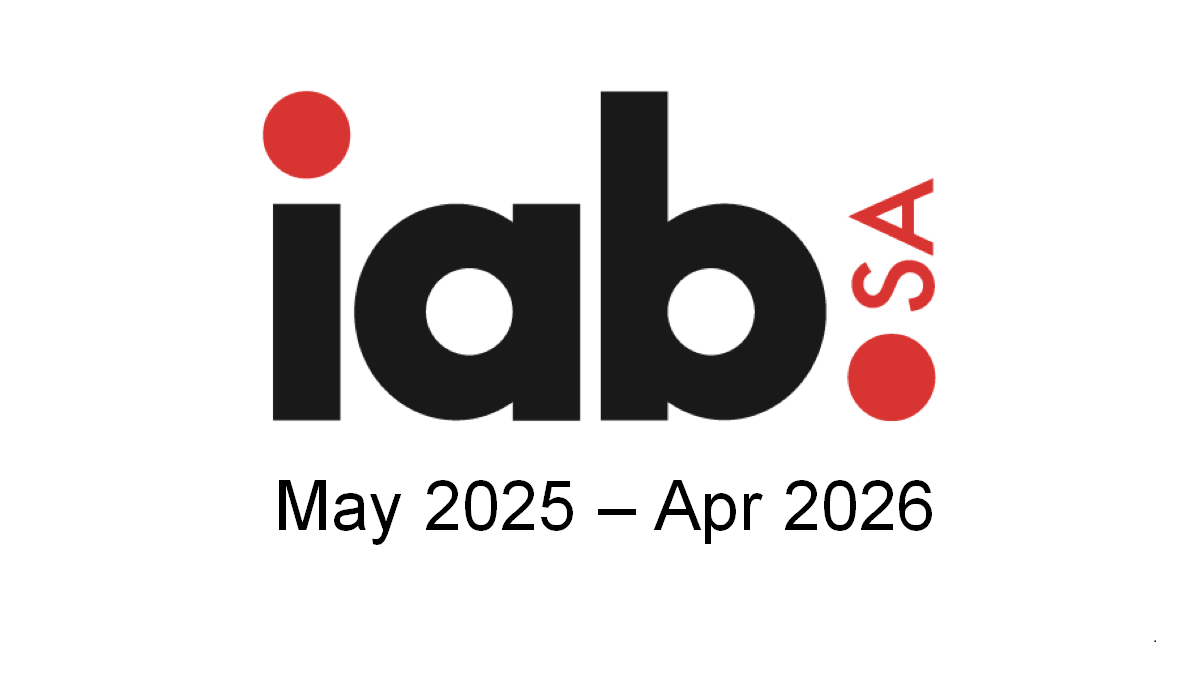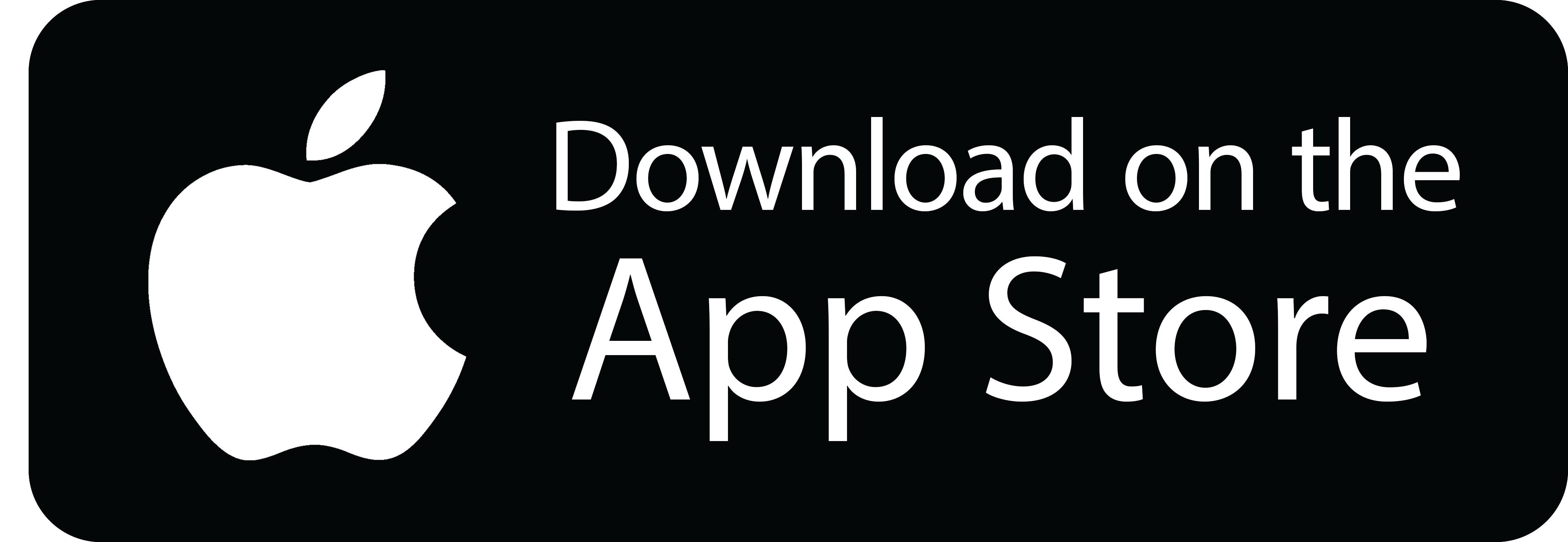South African Reserve Bank (SARB) Governor Lesetja Kganyago has announced a 0.25% cut on the interest rates, bringing it down to 7% from August 1.
Kganyago said the cut was due to signs of steady inflation and improved outlook for price stability.
“The June CPI print showed headline inflation at 3% and core at 2.9%, still at the bottom of our target range,” said Kganyago.
While the rand has strengthened and inflation expectations have eased, Kganyago said some cost pressures remain.
Food inflation
Food inflation has picked up mainly due to meat prices. And fuel prices are not declining as quickly as before.
He said they still expect headline inflation to average 3.3% for the year in line with their forecast.
“At our previous meeting we considered a scenario with a 3% inflation objective. We did this based on analysis that our existing 3% to 6% target range is too high and too wide, and should be reformed.
“With actual inflation close to 3%, we wanted to highlight the opportunity to achieve permanently lower inflation at minimal cost,” said Kganyago.
He said the SARB model shows that by targeting 3%, core inflation would remain steady. Expectations would shift to a new low-inflation environment by 2027, and the exchange rate would likely strengthen.
Further rate cuts
This approach, he said, would also give the SARB room to cut rates further. It will potentially bring the repo rate slightly below 6% over the medium term.
By contrast, keeping the current midpoint target of 4.5% would mean no change in inflation expectations, a weaker rand, and a return to inflation at 4.5%. Interest rates would also likely settle around 7% with fewer opportunities to cut.
“The logic of the model is that interest rates need to fall as inflation eases. This to prevent the inflation-adjusted rate, or real interest rate, from rising too much.
“Real rates are nonetheless temporarily higher for a 3% objective. And there is a modest growth sacrifice, which helps anchor expectations at lower levels,” said Kganyago.
The rates cut also come at a time when global economic risks are rising. As Kganyago highlighted that the pause in US tariff increases ends on Friday (tomorrow). Au.nd that many countries still lack new trade agreements.
He said oil prices surged in June due to conflict in the Middle East but have since eased.
“Permanently higher tariffs, or adverse geopolitical developments, could cause more disruption to the global economy than we have seen so far this year,” said Kganyago.



